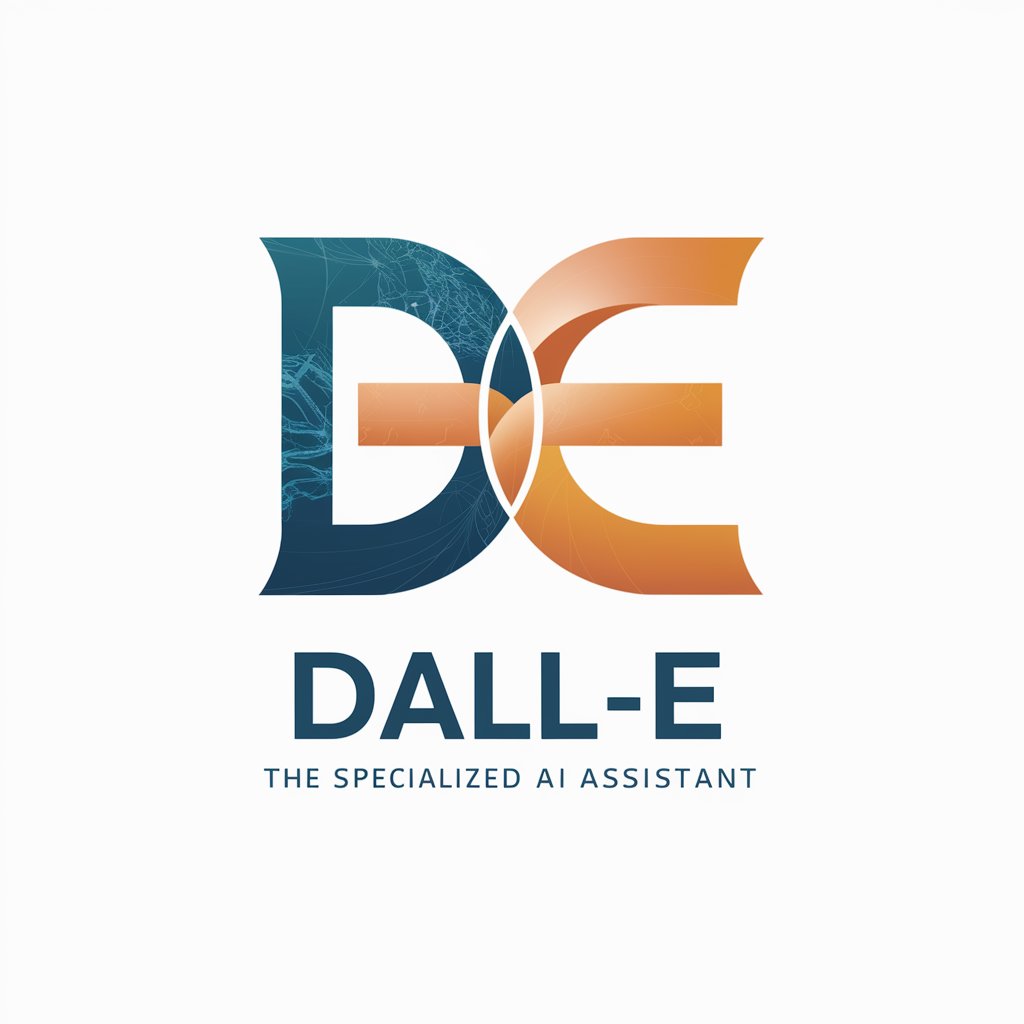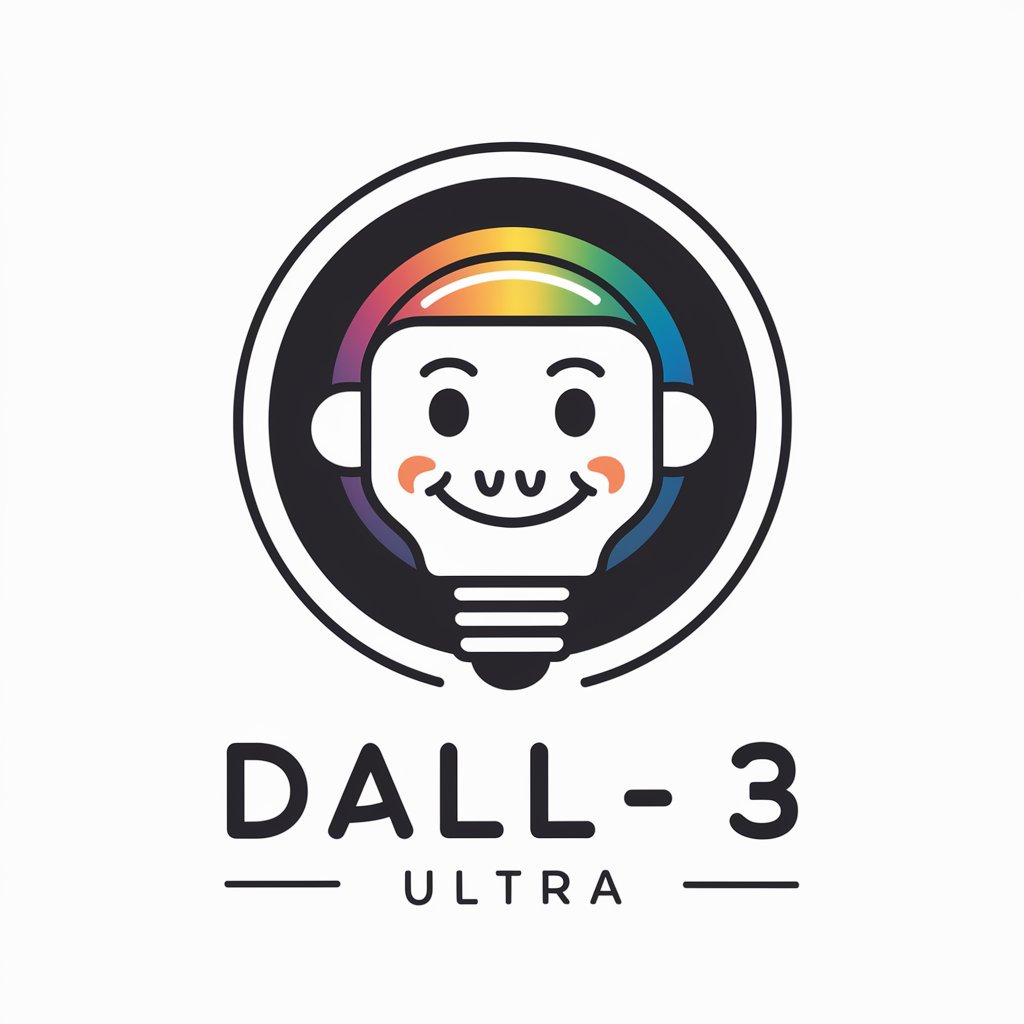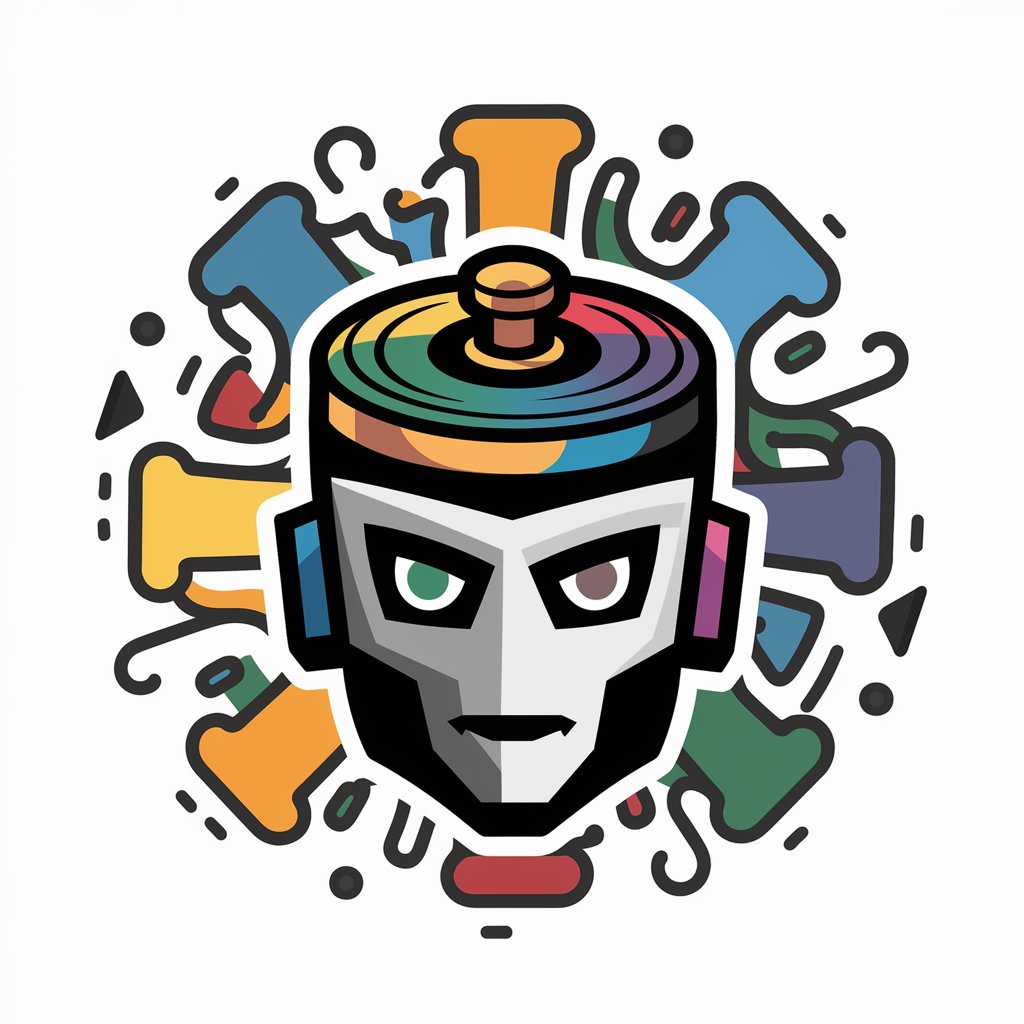
DALL · E3 - AI Image Creation
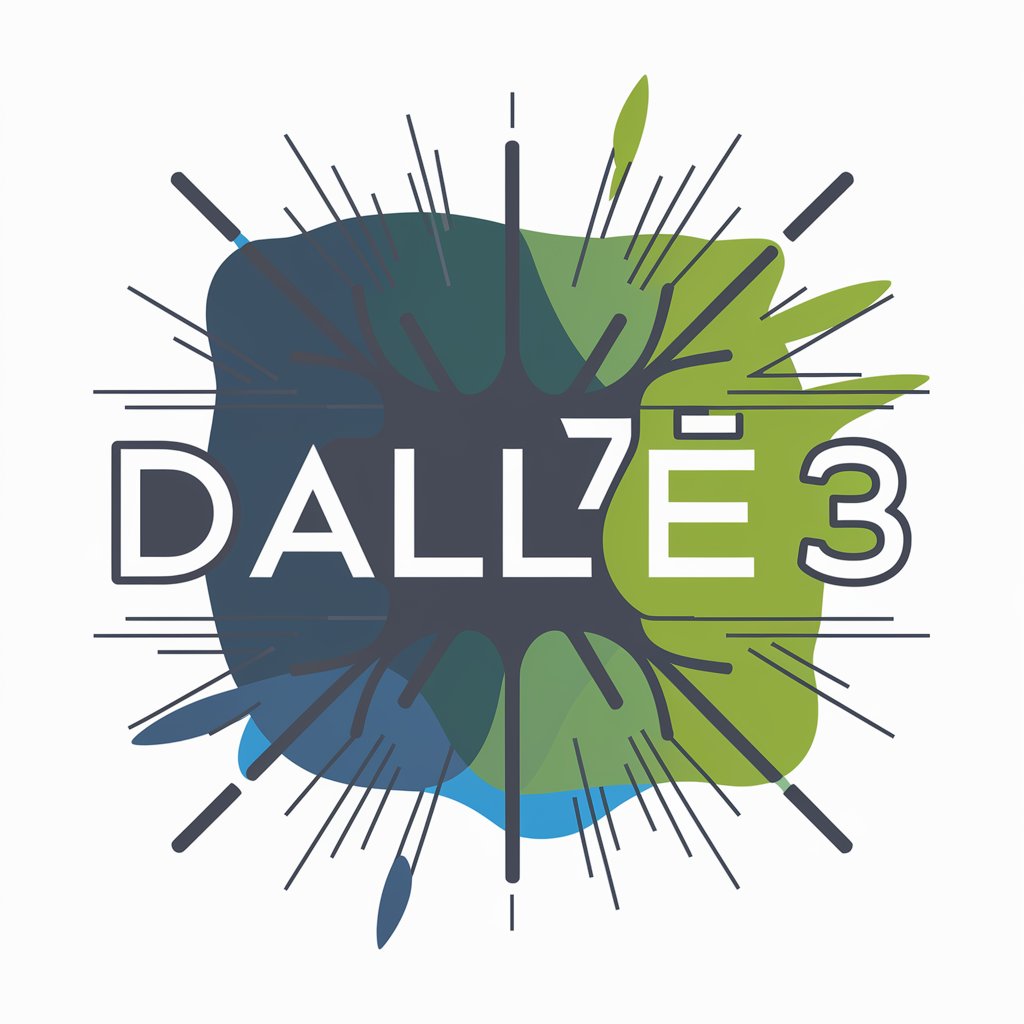
Welcome! Let's bring your ideas to life with stunning visuals.
Envisioning Creativity with AI
Generate an image that represents...
Create a visual interpretation of...
Illustrate a scene where...
Design an artwork that captures...
Get Embed Code
Overview of DALL · E3
DALL · E3 is an advanced image generation tool designed to transform textual descriptions into detailed, high-quality images. This tool leverages deep learning models to interpret and visualize user-provided descriptions, enabling the creation of unique visuals across a broad spectrum of requests. For example, a user could describe a fantastical creature in a surreal landscape, and DALL · E3 would generate a corresponding image that brings this vision to life. The design purpose of DALL · E3 is to aid in creative endeavors, assist in visual content creation, and provide a versatile tool for educational, entertainment, and professional applications. Powered by ChatGPT-4o。

Core Functions of DALL · E3
Image Generation from Text Descriptions
Example
Creating a digital painting of a medieval castle at sunset.
Scenario
A fantasy novelist wants to visualize a scene from their upcoming book to enhance their storytelling and provide inspiration for cover art.
Iterative Image Refinement
Example
Adjusting the color palette of an image to better reflect a twilight mood.
Scenario
A graphic designer is refining a promotional poster to evoke a specific atmosphere for a music festival.
Style Emulation
Example
Generating an image in the style of a classic Impressionist painting.
Scenario
An art student needs to create a piece that reflects the techniques and aesthetics of Impressionism for a class project.
Target Users of DALL · E3
Creative Professionals
Graphic designers, artists, and filmmakers who require rapid prototyping of visual concepts and storyboards will find DALL · E3 invaluable for its ability to quickly turn ideas into visual representations.
Educators and Students
Teachers and students in artistic or creative studies can use DALL · E3 to explore art styles, historical visuals, and complex scientific concepts through custom illustrations, enhancing learning and engagement.
Marketing and Advertising Agencies
Agencies can leverage DALL · E3 to create compelling visuals for campaigns, pitches, and social media content, ensuring that creative assets are both high-quality and aligned with brand aesthetics.

How to Use DALL · E3
1
Access DALL · E3 instantly by visiting yeschat.ai, which offers a free trial without any need for login or subscription to ChatGPT Plus.
2
Select the type of image you want to generate by choosing from preset categories or defining your own custom parameters.
3
Provide a detailed description of the image you want to create, including elements like subject, style, and mood to guide the AI.
4
Submit your request and allow the AI a few moments to process your input and generate the image.
5
Review the generated image, and if needed, refine your description and request a new image to better meet your expectations.
Try other advanced and practical GPTs
Generative AI Tutor
Learn AI, Enhance Skills, Build Projects
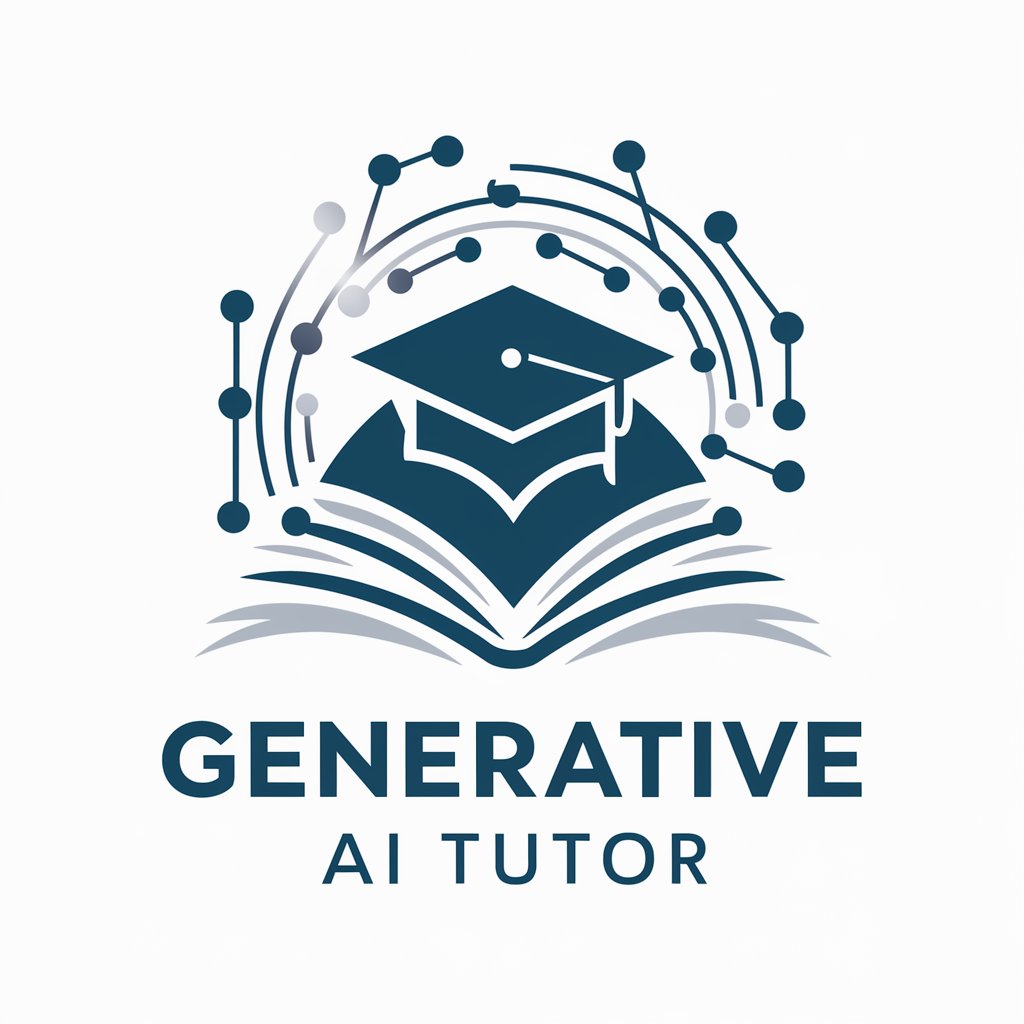
Competitor SEO Analyzer
Unveil competitor SEO strategies

English Correction
Empowering Communication with AI

Bengal Cat Stickers
AI-powered Bengal Cat Stickers

Python 缝合大师
Automate Python Coding with AI
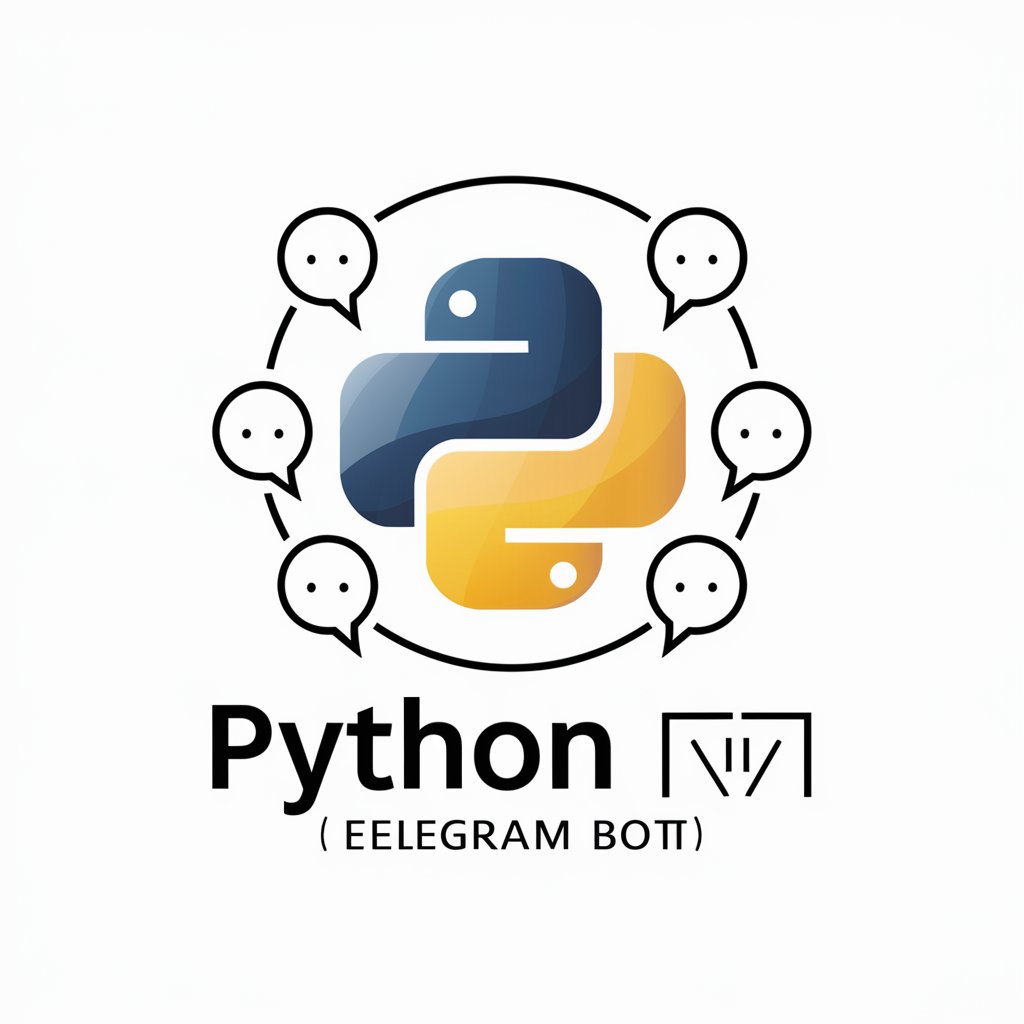
高情商聊天大师
Enhance your conversations with AI-driven emotional intelligence

Article Reader
Unveiling Insights with AI

4컷 만화 그려줘
Craft Comics with AI Power
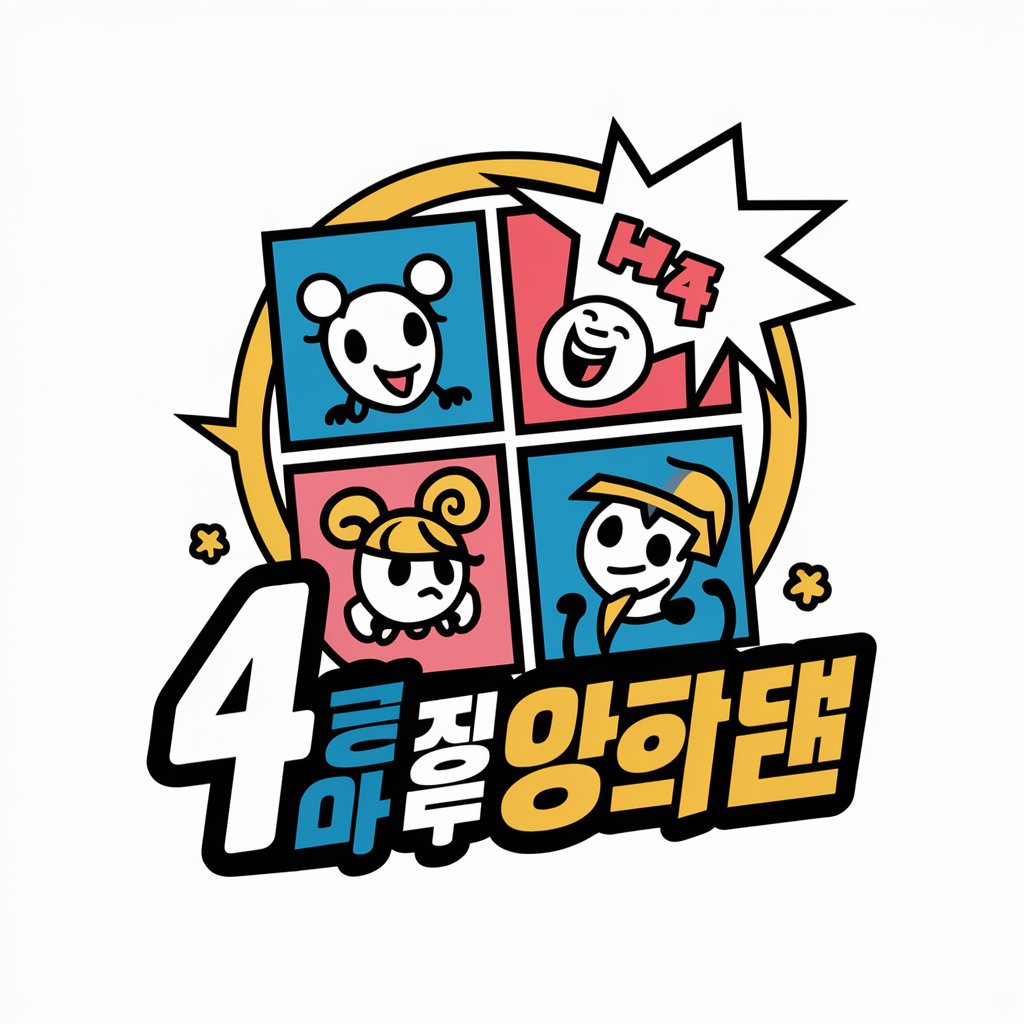
독서왕 - 도서 요약 및 독서 토론
Empowering Your Reading with AI

ショート動画台本自動作成ツール
Craft Engaging Short Videos with AI

adv
Empowering legal professionals with AI.
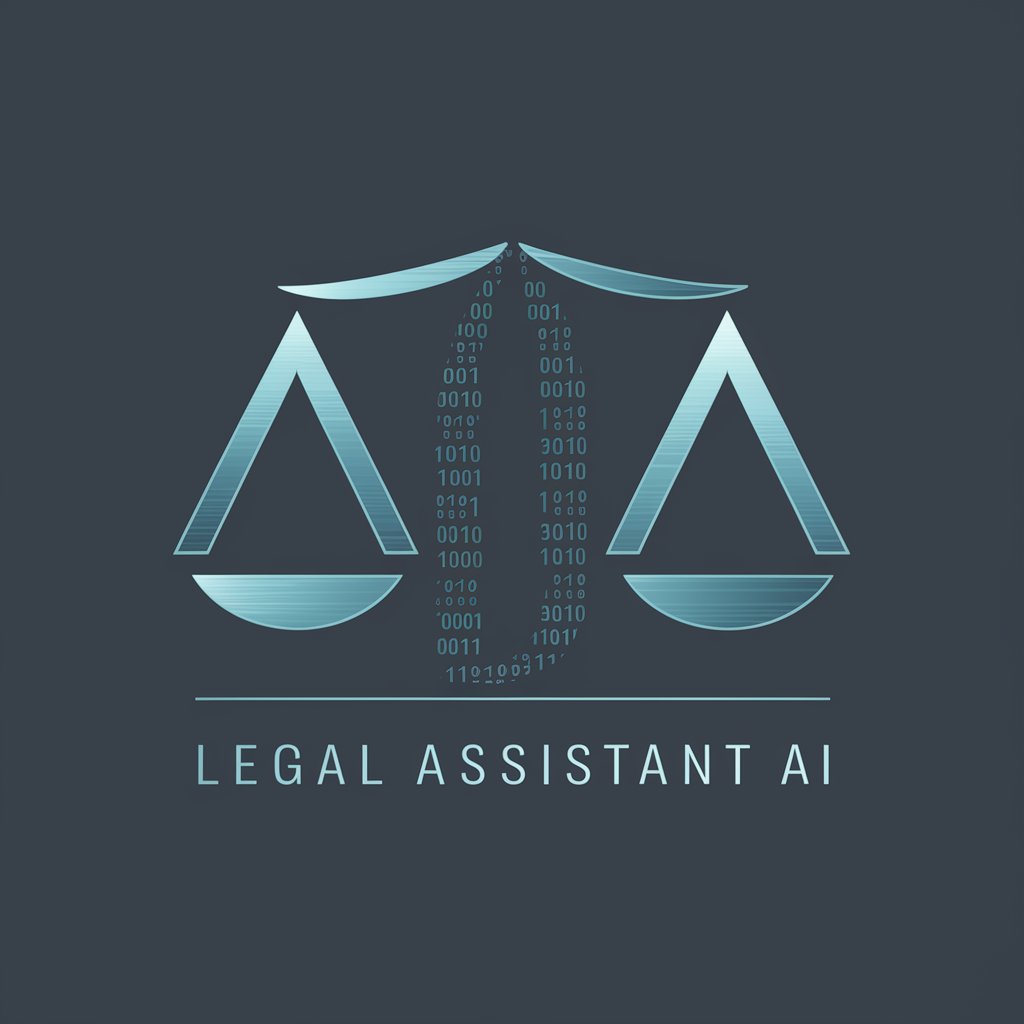
코치들을 위한 AI 비서
Empower Your Coaching with AI
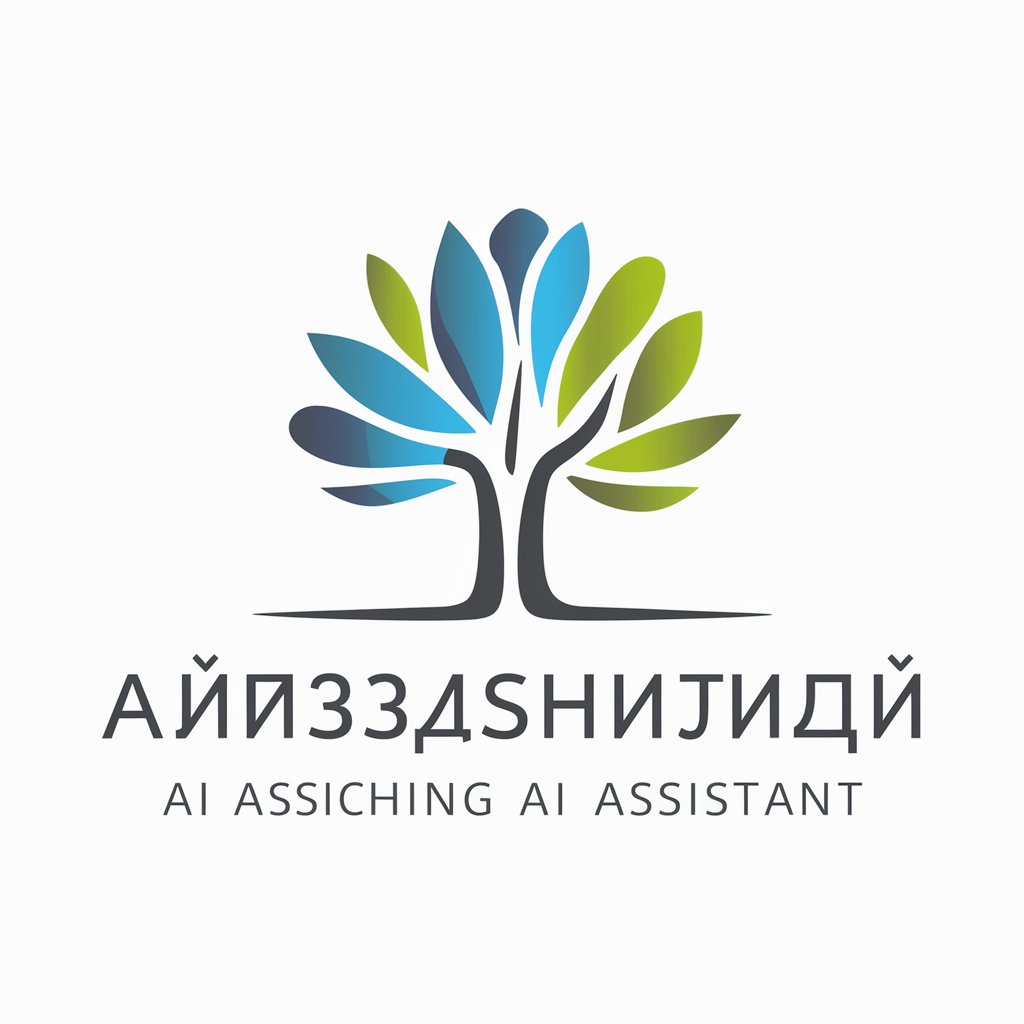
Detailed Q&A about DALL · E3
What is DALL · E3?
DALL · E3 is an AI-powered image generation tool that transforms textual descriptions into visual content. It uses advanced algorithms to interpret input and produce high-quality images that align with user specifications.
Can DALL · E3 create images in any style?
Yes, DALL · E3 can generate images in a variety of styles. Users need to specify the desired style, such as photorealistic, abstract, or inspired by classical artists, and the AI will adapt its generation techniques accordingly.
Is there a limit to the number of images I can generate?
While the tool does not strictly limit the number of images, usage might be moderated based on server capacity and demand, especially during peak times.
How accurate are the images generated by DALL · E3?
The accuracy of images depends on the clarity and detail of the input description. More detailed descriptions typically result in more accurate representations.
Can DALL · E3 generate images from very complex descriptions?
DALL · E3 is capable of handling complex descriptions, but the quality and accuracy of the output can vary. It's advisable to break complex requests into simpler components if initial results are not satisfactory.


